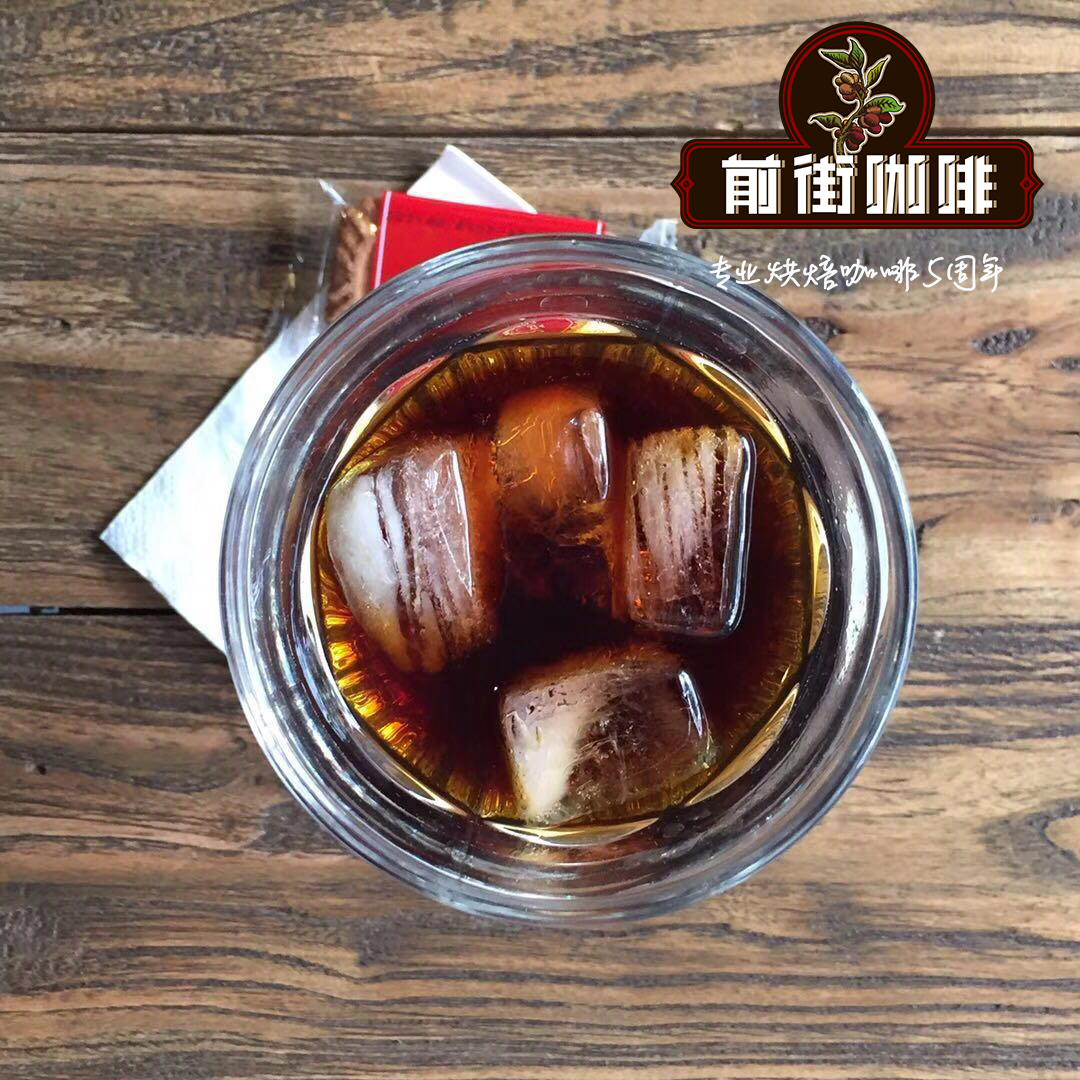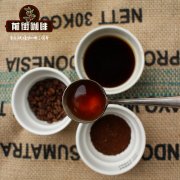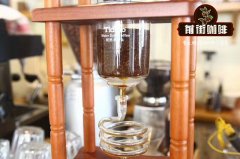Washing and drying of coffee what else does it affect the oxidation reaction?

Professional coffee knowledge exchange more coffee bean information please follow the coffee workshop (Wechat official account cafe_style)
Washed / wet-treated coffee is famous for its excellent cleanliness. They make the coffee sparkle, whether it's shiny acidity or rich creamy taste. But only if they dry slowly, evenly and continuously.
Mistakes in the drying stage can lead to fermentation, moldy taste, and even premature aging. Why is the fading outline of the cup important in the drying stage?
The drying process is to reduce the water content of coffee beans from 45-50% to 10-12%. In washing treatment, this will occur after the cherry pulp has been removed; during drying / natural processing, this occurs while the seeds or beans are still in the fruit.
Oxidation needs to be avoided.
According to Cenicafe, oxidation during coffee drying affects lipids or fat molecules, which are essential to the quality of coffee. Oxidized lipids in green coffee beans produce aldehydes and ketones with an unpleasant smell.
However, it is not only the taste and aroma of coffee that is affected by dryness: but also the longevity of coffee. Green coffee beans can be preserved for up to a year, but if you don't handle them properly during the drying phase, you may find that the coffee's taste fades and ages after a few months, Alejandro said.
Temperature, humidity and quality Alejandro told me that evenly drying coffee beans is the key. This will ensure the consistency of the cup by ensuring that all coffees have the same moisture content.
There are several important factors to achieve uniform drying. Alejandro stressed that environmental factors, especially temperature and airflow, should not be ignored.
He went on to say that if the temperature is not controlled, the coffee will dry at a different rate. For example, it is sunny in the morning, the temperature is very high, and it rains only in the afternoon. This may pose a risk of mold.
You can determine the risk of mold by so-called total water activity; it measures the amount of water in food that does not bind to food molecules. (note: this is different from water content-it's about the energy of water, not its existence.) Water activity measures range from 0 to 1, but Alejandro recommends that green coffee be between 0. 5 and 0. 6.
He suggests that washed or wet coffee has a moisture content of about 45% at the beginning of the drying process. At this time, he told me that a maximum temperature of 20 °C and 68 °F was the best because the cellular structure of beans was fragile. After drying, the highest temperature of coffee can reach 35 °C and 95 °F. However, if it exceeds this amount, it will destroy the embryos of the coffee beans and destroy the parchment.
Another point to consider is airflow. If the beans are dried in the sun, it's not a problem. However, if the beans are covered-especially in countries such as Colombia, Ecuador and Peru-insufficient air in the dryer can lead to a rise in temperature and prevent moisture loss. The resulting hot and humid environment may cause mold. Alejandro recommends using a hygrometer, which can measure the temperature and humidity in the air.
How to improve the quality of coffee in the sun-Curry newspaper monitors the temperature and humidity during the drying stage. Photo Source: Caravela Coffee drying Technology when setting up the drying space, the first consideration is which technology to use: patio, elevated bed, plastic or mechanical dryer.
Alejandro told me that it is important for manufacturers to understand the thermodynamics of coffee beans if they use mechanical dryers. He told me that many coffee producers dry a lot of coffee, and as a result, the drying is uneven.
He told me that the patio is not recommended because there is not enough air flow, so the drying depends only on the temperature. Therefore, the drying is rarely and evenly. He found that patio coffee could stay in good shape for up to six months, but after that, the quality of the coffee dropped by about 4 points on the cup test table.
Some manufacturers like to use plastic to dry coffee, but he told me that the purpose of drying coffee is to remove moisture from coffee beans. This moisture is trapped in the plastic and keeps in contact with the beans, destroying the taste and longevity of the beans. He tested the method of drying coffee with plastic and compared it with other methods.
However, he did suggest: he told me that this would allow air flow through the coffee beans, allowing moisture to be reduced smoothly and evenly.
How to improve the quality of coffee when drying coffee? coffee is dried on an elevated bed. Photo Source: Caravela Coffee organizes your coffee layers and batches if you use a bed, patio or plastic, Alejandro reminded me that it's important to think about how to put your coffee.
He suggests a very thin layer, no more than 3 cm high, and keep moving to ensure airflow. He told me that it would be ideal to have a layer with only one coffee bean (or natural cherry) high. However, this will take up space that many producers may not have. Therefore, constantly moving coffee is the key.
More importantly, he advises producers not to mix varieties. He explained that different varieties often have different densities, so their drying rates are also different.
It is also important not to mix different days together. Not only do they have varying degrees of moisture content, but some of this moisture can be transferred from recently picked and washed coffee beans to dried coffee beans. This, in turn, leads to high water activity and oxidation.
How to improve the quality of coffee in the sun? different coffee beds are used in different batches. Photo: Caravela Coffee drying Curve: three steps when working with the manufacturer, Alejandro always recommends the use of a three-stage "drying curve". He told me that it creates consistency and gives producers better control over the process.
It is worth noting that these steps may need to be adjusted depending on the local climate. However, they are recommended by Alejandro for South and Central America and can be used as a basis for the development of drying processes in other regions.
Here are his three steps: in the first three to five days, washed coffee should be 100% shaded and dried under zinc cover. During this period, the water content will drop from 45% to 25%. This is the most dangerous stage, and coffee is more likely to produce fungi, so Alejandro recommends that it be done as soon as possible. He also stressed the importance of low temperatures so that parchment doesn't crack-and, of course, thin layers with plenty of air flow.
Over the next ten days, Alejandro recommends using polyethylene mesh (polisombra) for 40-60% shade. During this period, the water content should be reduced from 25% to 13-14%.
Although a moisture content of 10-12 per cent is generally considered acceptable, Alejandro recommends extending total solar exposure for another two days to 10 per cent. A higher temperature will ensure that the heat reaches the center of the bean, so the temperature will not exceed 35 °C / 95 °F.
Alejandro also recommends the use of a three-layer dryer (as shown in the following figure). Each layer will have a different percentage of temperature and shadow, while saving space.
He stressed that the main goal is to reduce water content as the temperature increases over time. In this way, if the layer remains thin, the temperature is good, and there is airflow, the washed coffee can be dried slowly and evenly within 15 to 20 days.
How to improve the quality of coffee in the sun-coffee is dried under the polyethylene net, and the mesh allows partial shading. Photo Source: Caravela Coffee produces specialty coffee which means a never-ending focus on quality. From planting to harvest, processing to baking and brewing, there are many factors that affect the final cup shape.
The drying stage is no exception. An amazing kind of coffee, if it is not dry well, you will see its cup score drop. But a well-dried cup of coffee-slowly and evenly dried under the right conditions-sparkles in the cup.
So remember: choose the drying technology that works best for you. Pay attention to temperature and humidity. Use thin layers. Dry the coffee slowly and evenly.
Written by Angie Molina Ospina.
END
Important Notice :
前街咖啡 FrontStreet Coffee has moved to new addredd:
FrontStreet Coffee Address: 315,Donghua East Road,GuangZhou
Tel:020 38364473
- Prev

Analytical immersion extraction! What is soaking extraction? how to soak and extract coffee?
Professional coffee knowledge exchange more coffee bean information please follow the coffee workshop (Wechat official account cafe_style) immersion extraction method, as the name implies, its principle is to let the coffee powder soak in a container, interact with hot water for a period of time, dissolve and spread to smoothly release the coffee flavor and aromatic substances, and complete the extraction before the miscellaneous flavor is precipitated.
- Next

Ice drop coffee sharing: how do ice drop coffee drink ice drop coffee ratio of ice to water
Professional coffee knowledge exchange more information about coffee beans Please follow the coffee workshop (Wechat official account cafe_style) what is the ice drop coffee? As the name implies, ice drop coffee is extracted by "low temperature" and "slow drop". To brew coffee is to extract the odor molecules from the coffee cells.
Related
- What is the meaning of lactic acid fermentation with coffee bean treatment?
- How to judge the state of foam by sound?
- How does the latte pull out the unicorn pattern? Come to get for a little trick to improve the flower pull!
- Will flower pulling affect the taste of the latte?
- Do you know the history of coffee?
- The difference between honey treatment and sun washing what is raisin honey treatment?
- What kind of milk can a novice use to make coffee foam to keep the foam longer? The correct method and skills of milking tutorial sharing
- Why do washed coffee beans taste sour? Flavor characteristics of washed Coffee
- Introduction to the skill of how to practice the size and height of water injection around the circle of hand-brewed coffee
- How do beginners practice coffee flower drawing from scratch?

